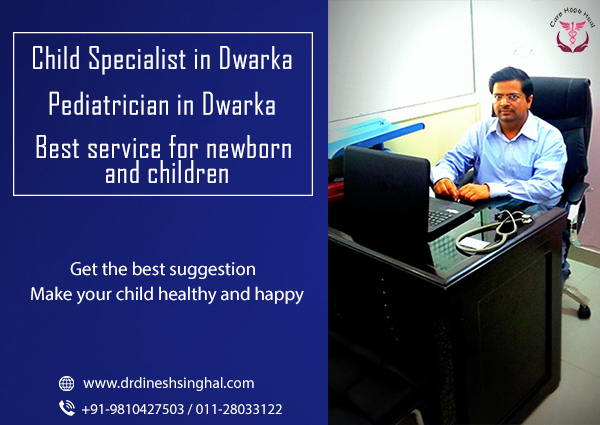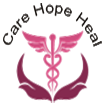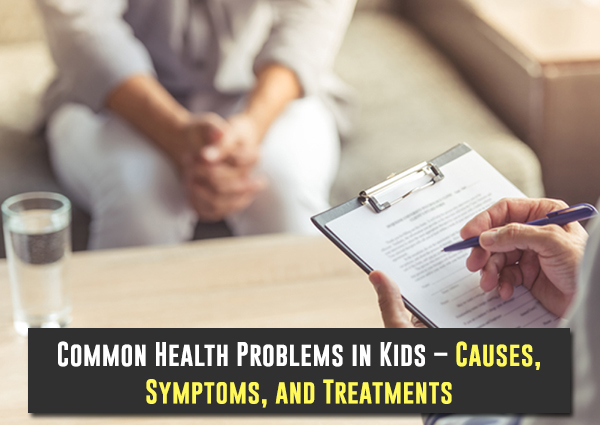Common Health Problems in Kids – Causes, Symptoms, and Treatments
In this article, you will learn about common health problems in Kids- causes, symptoms and Treatmwents. All Children worth High-Quality Medical care. As a parent, it is crucial to be aware of the most up-to-date treatment guidelines so you can be convinced your child is getting the Best Care Possible.
The following lists some of the most common childhood illnesses and their approved treatments. The treatments explained here are based on scientific evidence and best practices. However, there may be reasons why your paediatrician has various recommendations for your child, especially if your child has an ongoing medical condition or allergy.
Your paediatrician will discuss any changes in treatment with you. If you have any questions about suitable care for your child, please discuss them with your paediatrician.
1. Sore Throat
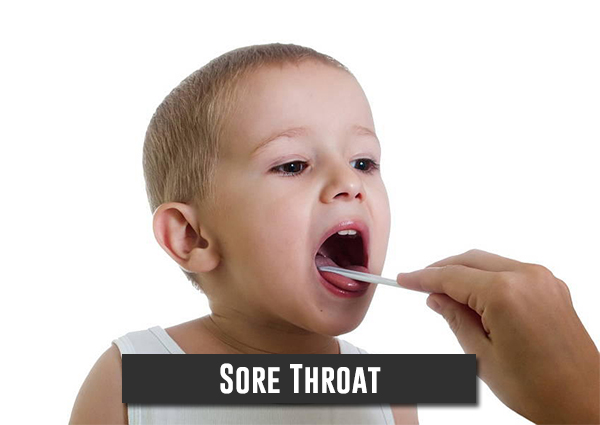
Sore throats are normal in children and can be painful. However, a sore throat that is induced by a virus does not need antibiotics. In those cases, no particular medicine is required, and your child should get better in seven to ten days. In other situations, a sore throat could be caused by an infection called streptococcal (strep throat)
Strep cannot be precisely diagnosed by simply looking at the throat. A lab test or in-office rapid strep test, which comprises a quick swab of the throat, is necessary to confirm the diagnosis of strep. If convinced for strep, your paediatrician will prescribe an antibiotic. It’s very essential that your child take the antibiotic for the full course, as prescribed, even if the symptoms get better or go away. Steroid medicines (such as prednisone) are not a proper treatment for most cases of sore throat.
Babies and toddlers seldom get it strep throat, but they are more likely to become infected by streptococcus bacteria if they are in childcare or if an older sibling has the illness. Although strep grows mainly through coughs and sneezes, your child can also get it by touching a toy that an infected child has played with.
2. Ear Pain
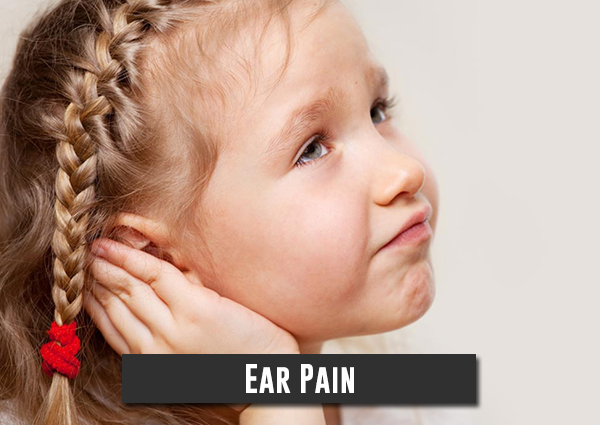
Ear pain is prevalent in children and can have many causes—including ear infection (otitis media), swimmer’s ear (infection of the skin in the ear canal), pressure from a cold or sinus infection, teeth pain spreading up the jaw to the ear, and others.
To tell the difference, your paediatrician will require to examine your child’s ear. If your child’s ear pain is characterised by a high fever, involves both ears, or if your child has other signs of illness, your paediatrician may determine that an antibiotic is the best treatment.
Amoxicillin is the chosen antibiotic for middle ear infections—except when there is an allergy to penicillin or chronic or recurrent infections.Many true ear infections are produced by viruses and do not require antibiotics. If your paediatrician suspects your child’s ear infection may be from a virus, he or she will talk with you about the immeasurable ways to help relieve your child’s ear pain until the virus runs its course.
3. Urinary Tract Infection

Bladder infections, also described as urinary tract infections or UTIs, occur when bacteria build up in the urinary tract. A UTI can be discovered in children from infancy through the teen years and into adulthood. Symptoms of a UTI include pain or burning during urination, the urgency to urinate frequently or urgently, bedwetting or accidents by a child who understands to use the toilet, abdominal pain, or side or back pain.
Your child’s doctor will demand a urine sample to test for a UTI before determining treatment. Your doctor may adjust the treatment depending upon which bacteria is found in your child’s urine.
4. Skin Infection

In maximum children with skin infections, a skin test (culture or swab) may be needed to determine the most appropriate treatment. Tell your doctor if your child has records of MRSA, staph infection, or other resistant bacteria or if he or she has been exposed to other family members or contacts with resistant bacteria.
5. Bronchitis

Chronic bronchitis is an infection of the larger, more central airways in the lungs and is more usually seen in adults. Often the word “bronchitis” is used to define a chest virus and does not require antibiotics.
Bronchiolitis is common in infants and young children throughout the cold and flu season. Your doctor could hear “wheezing” when your child breathes
Medicines used for patients with asthma (such as albuterol or steroids) are not approved for most infants and young children with bronchiolitis. Children who were born prematurely or have underlying health problems may need various treatment plans.
6. Pain

The soundest medicines for pain relief for children are acetaminophen or ibuprofen. Speak to your paediatrician about how much to give your child, as it should be based on your child’s weight.Narcotic pain medications are not suitable for children with common injuries or complaints such as sprained ankle, ear pain, or sore throats.
Codeine should never be utilised for children as it’s been associated with severe respiratory problems and even death in children.
7. Common Cold

Colds are generated by viruses in the upper respiratory tract. Numerous young children—notably those in childcare—can get 6 to 8 colds per year. Symptoms of a cold (including runny nose, congestion, and cough) may remain for up to ten days.
Green mucus in the nose does not automatically mean that antibiotics are required; common colds never need antibiotics. However, if a sinus infection is assumed, your doctor will thoroughly decide whether antibiotics are the best choice based on your child’s symptoms and a physical exam.
8. Bacterial Sinusitis
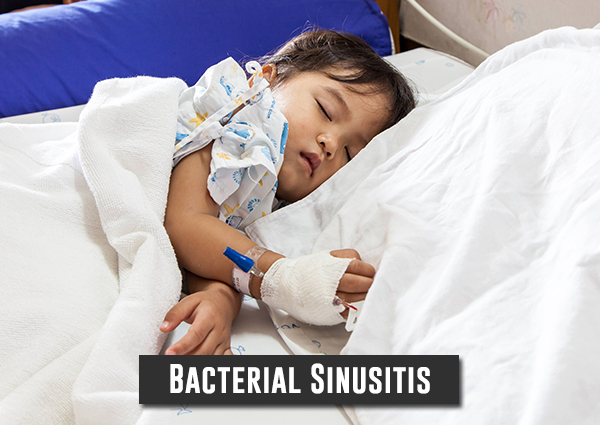
Bacterial sinusitis is provoked by bacteria trapped in the sinuses. Sinusitis is suspected when cold-like symptoms such as nasal discharge, daytime cough, or both last beyond ten days without improvement. Antibiotics may be a necessity if this condition is characterised by thick yellow nasal discharge and a fever for at least 3 or 4 days in a row. Regarding this Child Vaccination in Delhi will
9. Cough
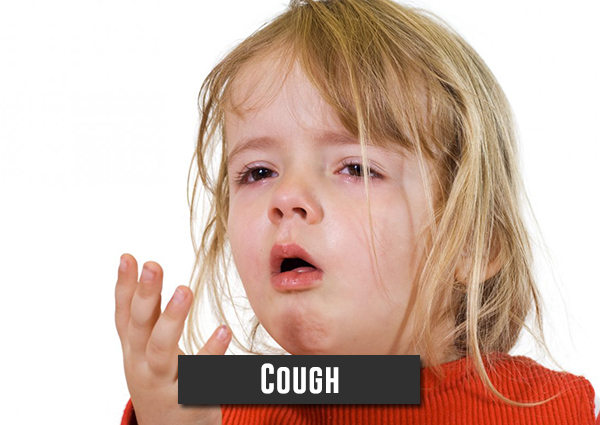
Coughs are normally caused by viruses and do not often require antibiotics.Cough medicine is not prescribed for children 4 years of age and younger, or for children 4 to 6 years of age unless advised by your doctor.
Investigations have consistently shown that cough medicines do not work in the 4-years-and-younger age group and have the potential for severe side effects. Cough medicines with narcotics—such as codeine—should not be practised in children.
